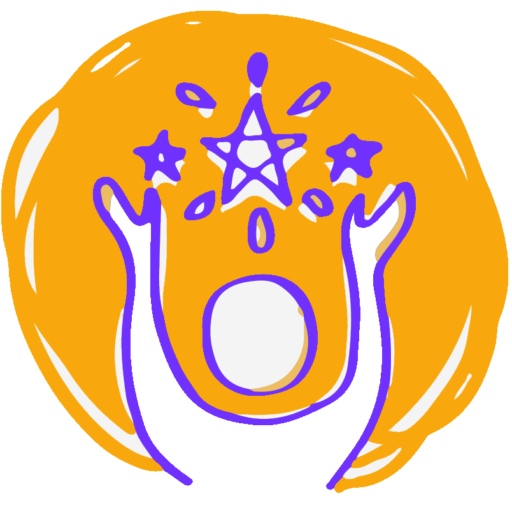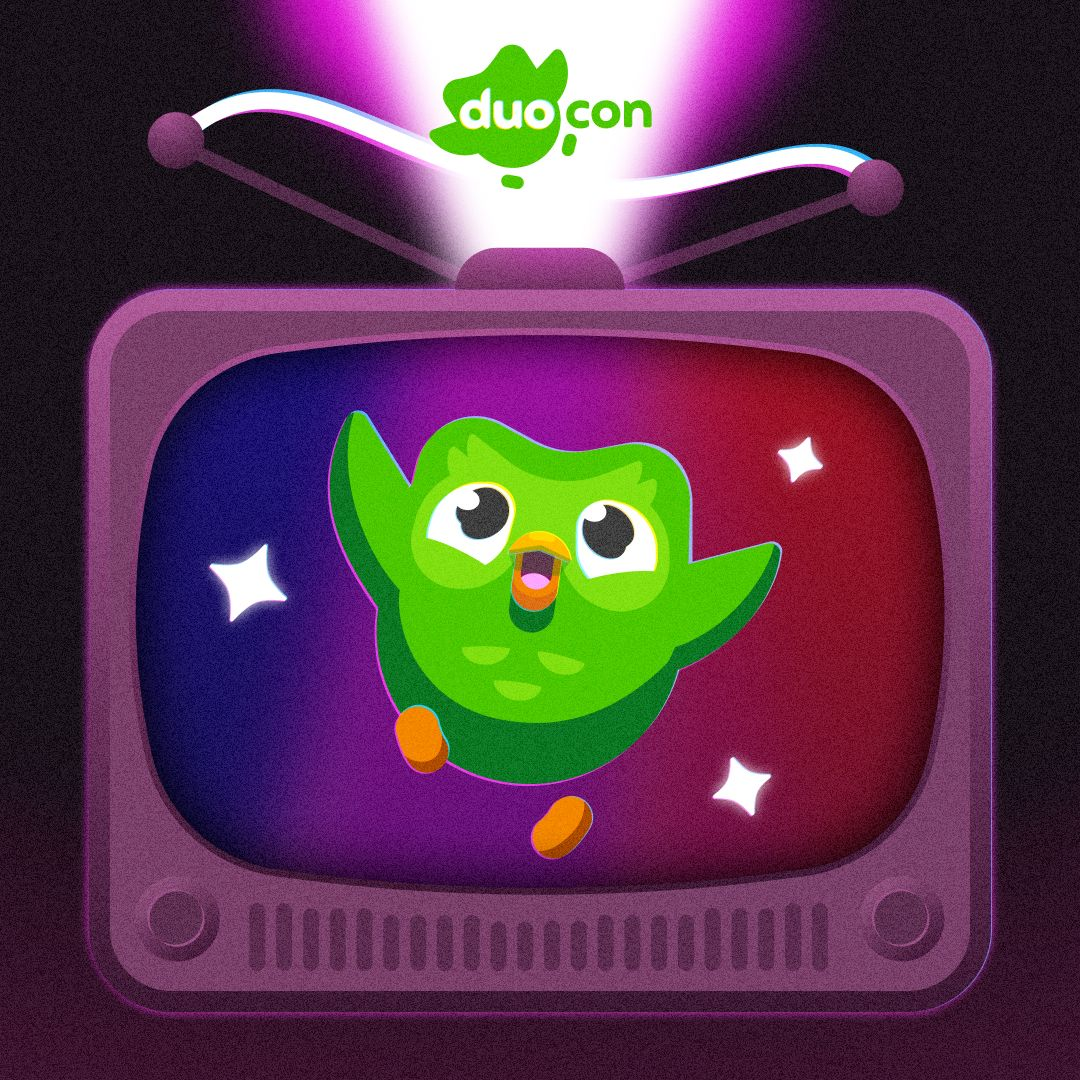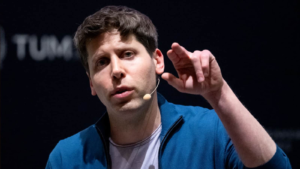Standoutt.in
Duolingo was founded in 2011 by Luis von Ahn.
A Guatemalan-American computer scientist and entrepreneur.
Von Ahn‘s mission was clear: create a free, engaging platform to democratise language learning.
Growing up in Guatemala.
He saw how expensive and inaccessible language education could be.
📌 He wanted to change that with technology.
——
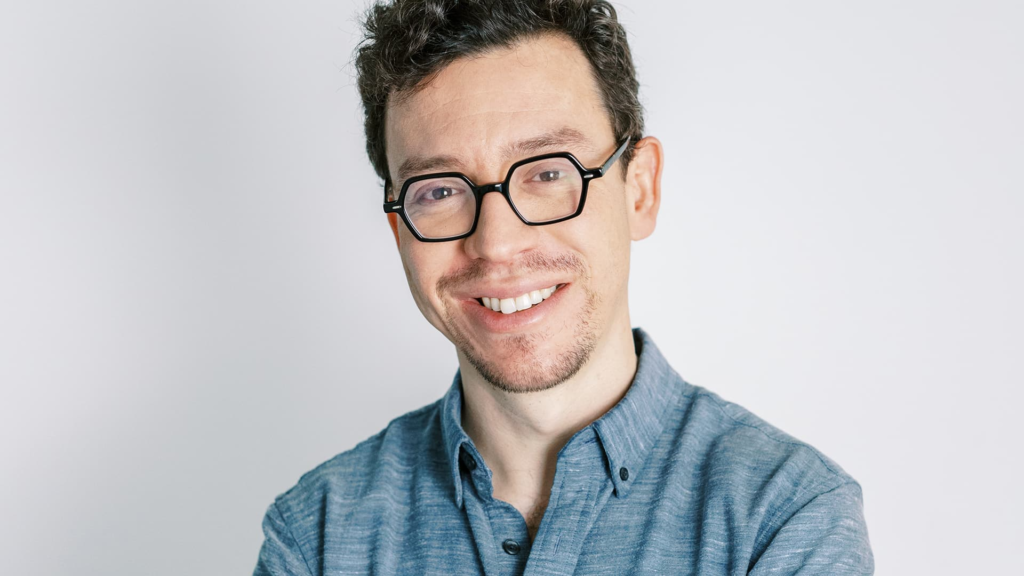
When Duolingo launched as a private beta in 2011,
the initial idea was to crowdsource translations while users learned a language.
❌- BUT, this model wasn’t Scalable or Engaging.
✔️- 2012: Duolingo pivoted to a gamified, personalized language learning app.
👉 The public launch saw over 300,000 people on the waitlist.
——
Duolingo’s innovative approach, using gamification and adaptive algorithms, led to massive growth.
2014: It had 50 million registered users.
2019: That number grew to 300 million.
Features like:
– Daily streaks.
– Points systems.
– leaderboards. {kept users coming back.}
——
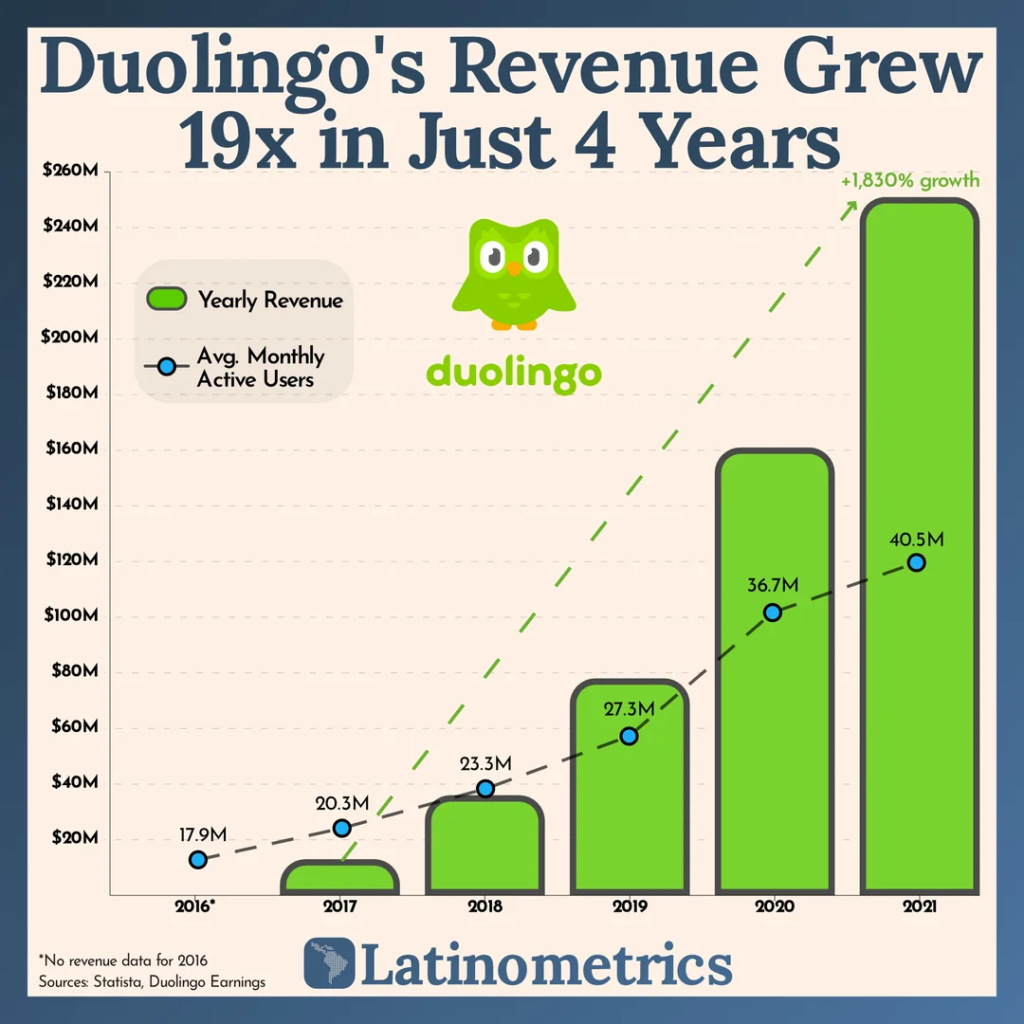
Despite its free mission, Duolingo developed a sustainable business model.
➡️ 2017: They introduced Duolingo Plus.
(A premium subscription service.)
– Their Freemium model.
– Ad revenue.
– In-app purchases.
Allowed growth while keeping language learning free for most users.
——
As Duolingo’s user base grew.
They introduced Duolingo Math and Duolingo Stories.
For a broader educational experience.
They now teach over 100 languages, including less common ones like
– Navajo and High Valyrian from Game of Thrones.
——
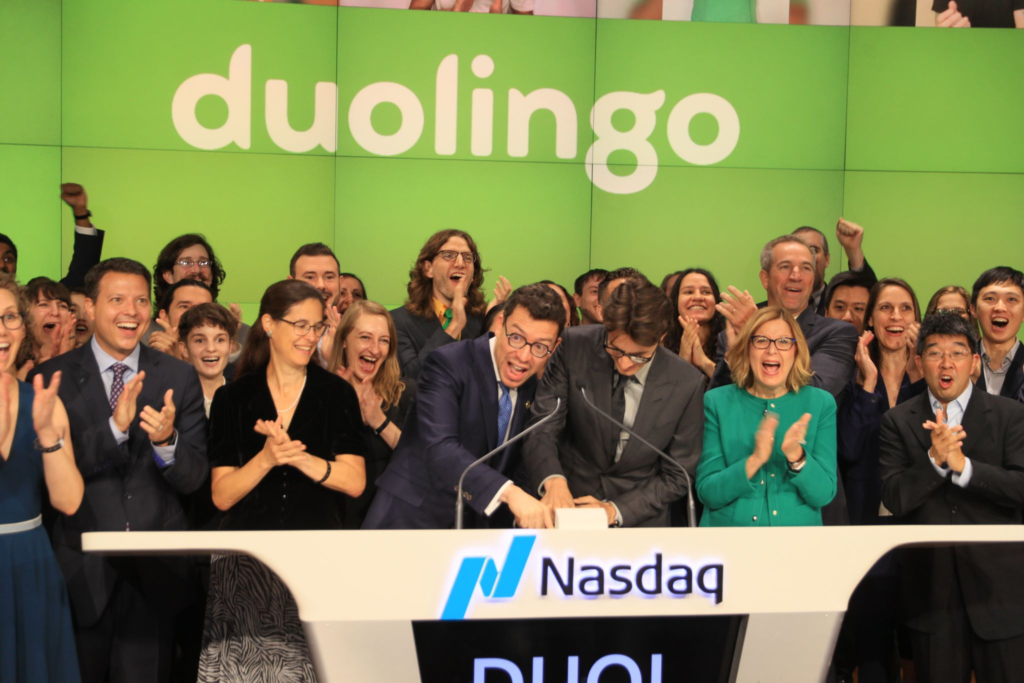
2021: Duolingo’s growth led to a successful IPO in 2021.
Valuing the company at over $6.5 billion.
1/ A strong brand.
2/ Innovative products.
3/ loyal user base.
👉 Duolingo is set to continue its growth.
Their focus on:
i]- User engagement.
ii]- Personalization.
iii]- Diversification.
👉 This will be key to their future success.
——
There you have it – Duolingo’s remarkable journey from startup to language learning giant.
Working hard is essential, but first, sharpen the axe.
—-
Thanks for reading. ♻ Repost, Like and Comment.
